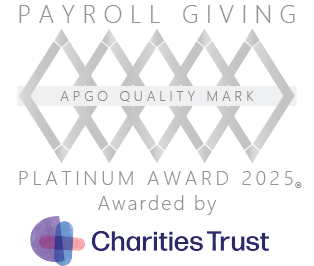Media Innovation
The recent Stanley boom can be traced back to the Quencher – a water bottle designed to fit in a car cup holder, be dishwasher-proof and keep drinks cold for days. However, when it launched in 2016, sales faded out like a match in a storm. By 2019, the company had made the decision to stop manufacturing them altogether. This was until a desperate plea came from Ashlee LeSueur, a personal fan of the cup and founder of The Buying Guide, who begged Stanley to continue selling Quenchers. Upon discovering ‘Stanley Cups’, she had begun gifting them to her friends, who adored them and believed they could be huge commercially. Stanley asked LeSueur to commit to a large a wholesale order if she wanted them to continue making the Quencher. Deciding to take the risk, she put in a substantial order and began re-selling them to her audience through The Buying Guide. This was far removed from Stanley’s traditional audience – the practical outdoor adventurers. LeSueur’s audience was a female, fashion and health-conscious audience. The risk paid off and so Stanley was persuaded to continue manufacturing the cup, re-launching it to a new audience and unlocking a whole new potential for business growth.
Taking lessons from its affiliate marketing partnership with The Buying Guide, Stanley recognised the opportunity to reach new audiences that both influencer marketing and social media represented. It partnered with TikTok creators and tastemakers to tap into their inspirational lifestyles and make its product synonymous with the rising wellness aesthetic. What happened next couldn’t have been predicted: when a woman’s car caught on fire, her Stanley cup survived – with the ice still in it. The moment went viral, reaching over 10 million views. Stanley was quick to react, with its President saying they would send her more Stanley cups and replace her car. The brand further capitalised on this community-led moment by using paid social to amplify the story. Having already begun to build brand buzz across social, this moment both validated the cup’s quality while also building brand trust.













